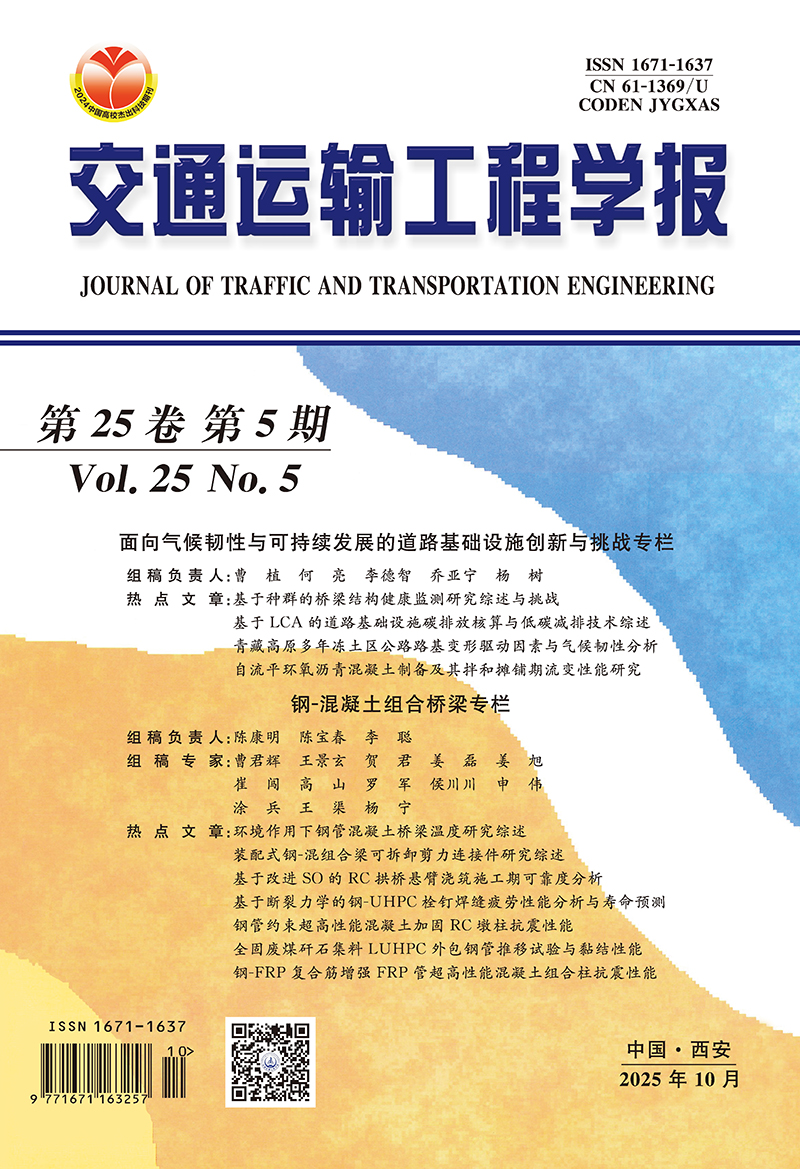Abstract:
In order to study the braking-induced impact for multiple units(MU)to multiple units rescue, the different configuration types of MU dynamics models were built. Actual kinematic relations and hysteresis characteristics were considered in the established coupler/draft gear dynamics model. The threshold values of coupled rescue MU for running safety were formulated. The dynamics response of MU and coupler/draft gear system under emergency braking were analyzed. The dynamics rotational behavior of coupler on the straight line and the influences of MU configurations, braking decelerations and coupler free-rotation angles on MU running safety were studied. Computation result shows that in the rescue scene of MU A to MU B, the longitudinal compressed force of coupler and the vertical rotating angle of coupler reach 799.4 kN and 11.5°, respectively, and the subjected vertical force of front supporting beam and the vertical relative displacement between adjacent carbodies reach 136.2 kN and 126.2 mm, respectively, which exceed the limit values, 80 kN and 95 mm, respectively. The vertical force components lead to carbody pitch and wheel unloading, which results in the local structural damages and the MU motion interference. The subjected vertical force of front supporting beam is lower than the limit value when the braking level decreases to No.7 level or the free pitch angle of coupler decreases to 4°, but the vertical relative displacement between adjacent carbodies exceeds the limit value. The vertical relative displacement is lower than the limit value when the braking level decreases to No.6 level or the free pitch angle of coupler decreases to 2°. 2 tabs, 11 figs, 20 refs.More>
2015, 15(3): 71-77.
WEI Lai,ZENG Jing,CHEN Kai,et al.Vertical rotating behavior of coupler for multiple units to multiple units rescue under braking conditions[J].Journal of Traffic and Transportation Engineering,2015,15(03):71-77..





